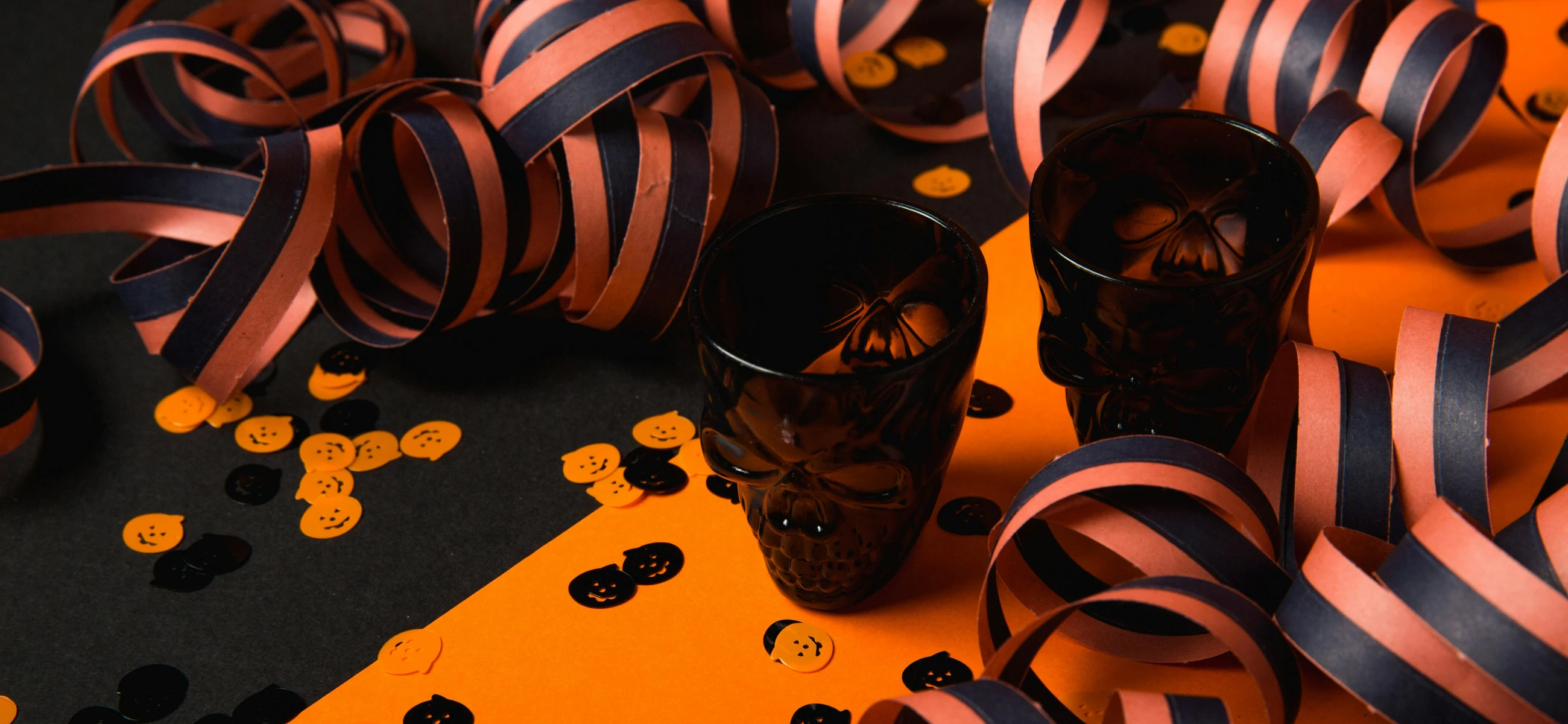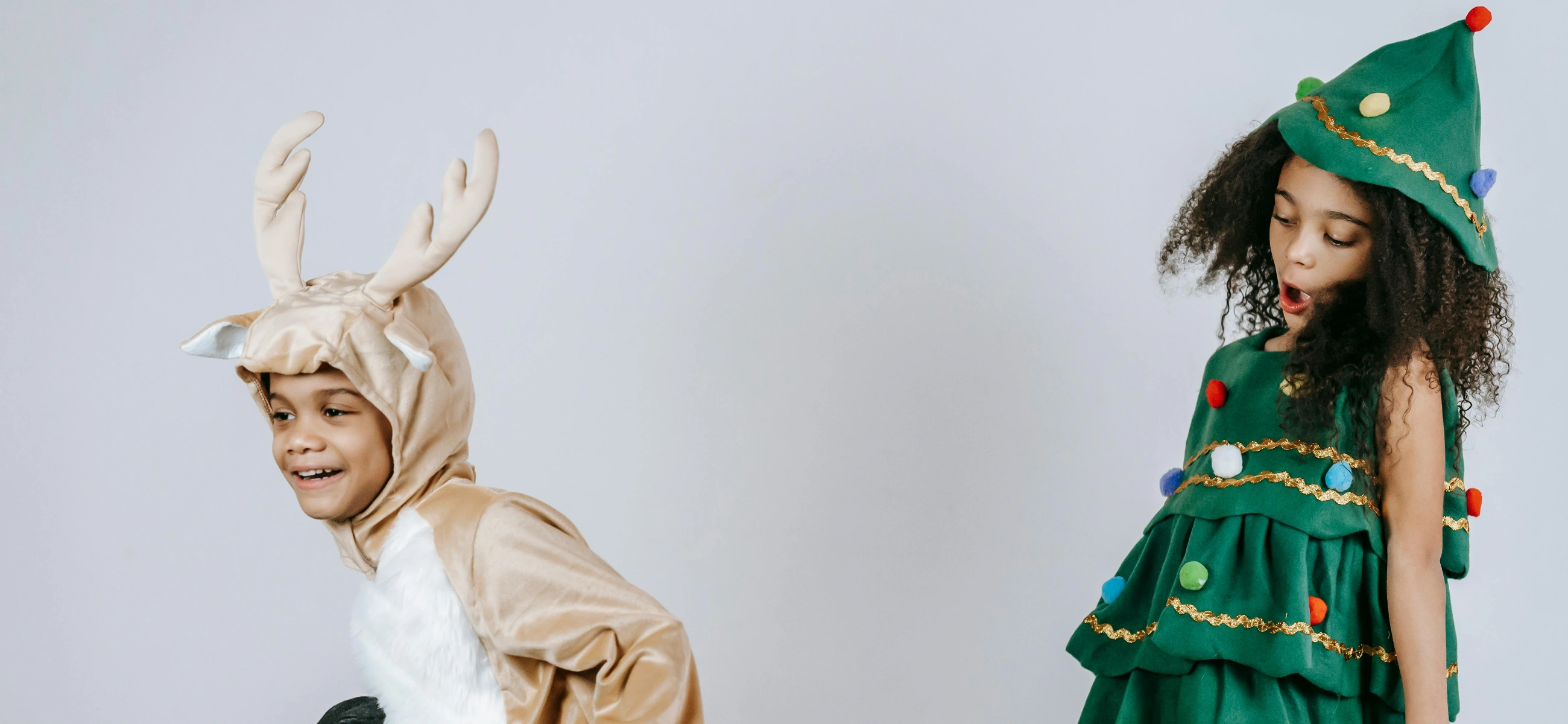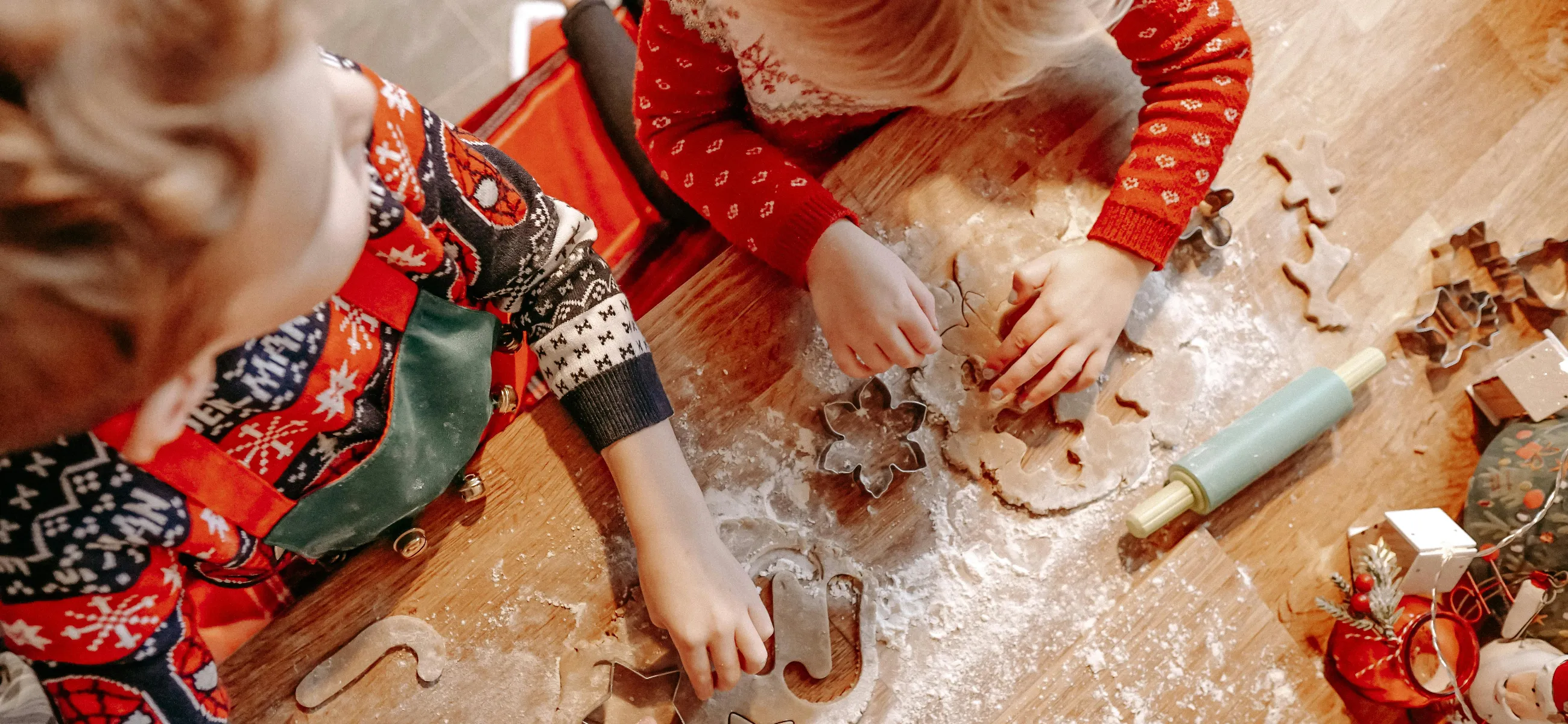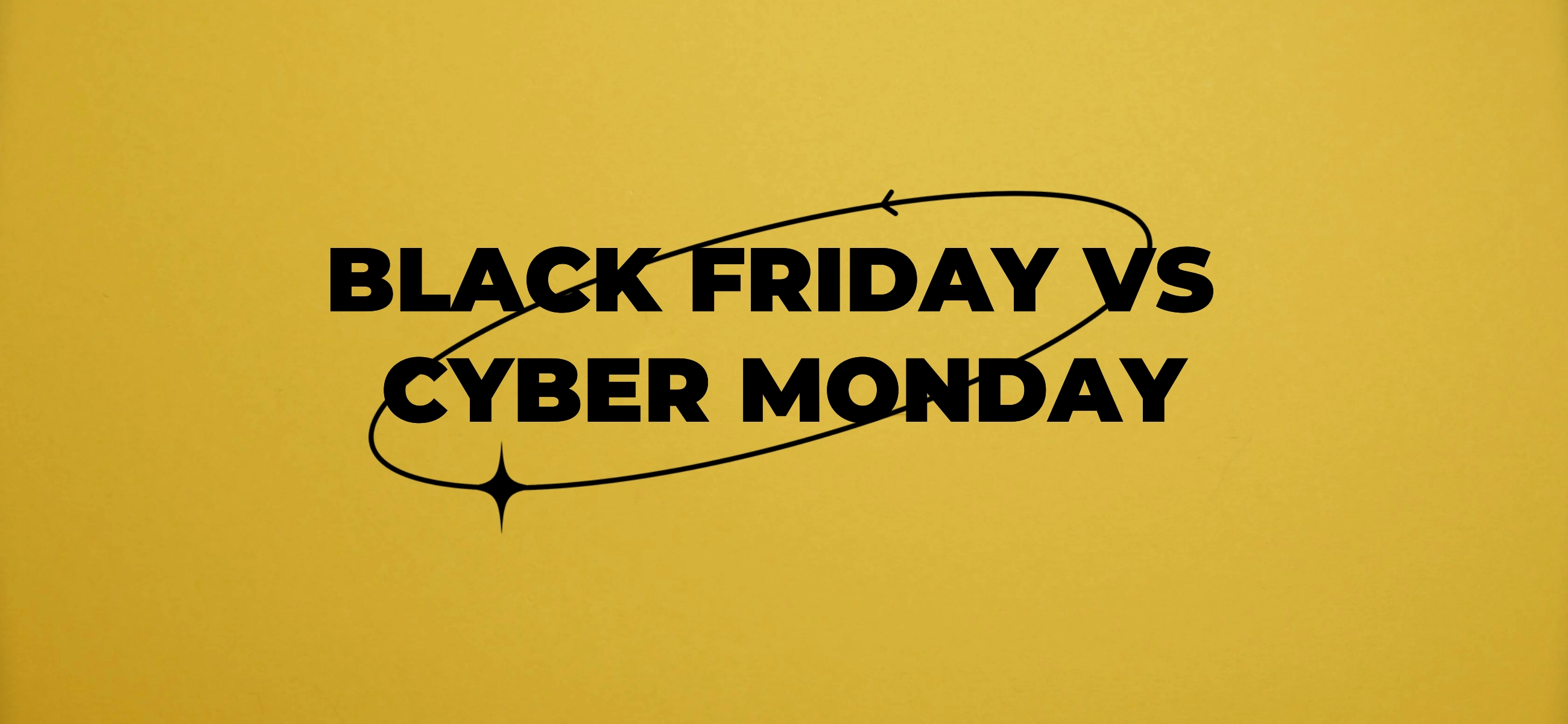Halloween hits differently. It’s that one time of year when we dive headfirst into ancient traditions while also playing with the modern edge of horror, fun, and even controversy.
Why Halloween? Why do we celebrate it? Why do some costumes rub people the wrong way? And what’s up with everyone decking out their houses with spooky displays? This isn’t your typical holiday—Halloween carries layers that most people don’t even think about as they carve pumpkins or pick out costumes.
We’re about to peel back those layers and dig into the roots of why Halloween matters, how it’s celebrated, and what’s driving the debates over certain costumes.
Why is Halloween celebrated?
Halloween wasn’t always about trick-or-treating or haunted house marathons. It started way back with the Celts and their festival called Samhain. Picture this: a world where people actually believed the line between the living and dead blurred once a year. They lit massive bonfires and dressed up in whatever they could find to keep wandering spirits off their backs.
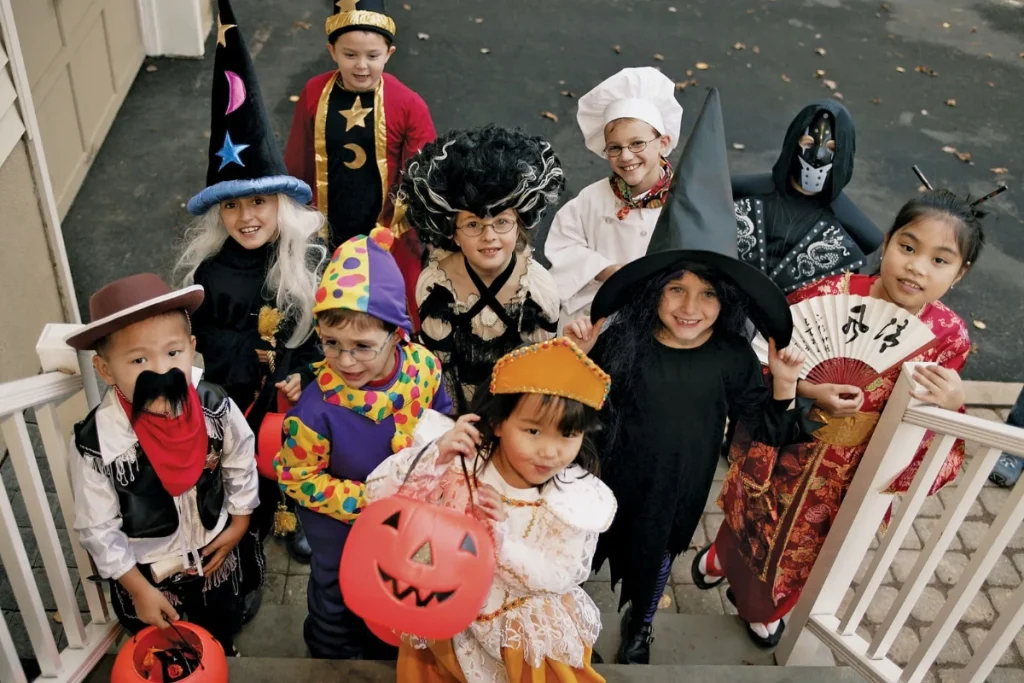
Fast forward a bit, and the church comes along, reshaping it into something called All Hallows’ Eve to honor saints. But the old ways were stubborn; they hung on. So what you get now is this mix—where the ancient, the spiritual, and the just plain fun collide.
That’s why we celebrate Halloween: to play with the unknown, dress up, and maybe, just maybe, remember that strange, old fear of what lies beyond.
Native Halloween costumes: Why are they problematic?
Native Halloween costumes, whether in the U.S. or Canada, don’t just blur the line—they trample right over it. The feathered headdresses, face paint, and fringed buckskin might look like Halloween fun to some, but they carry deep meaning for Indigenous communities.
In both the U.S. and Canada, these items are more than just pieces of fabric—they’re symbols of identity, tradition, and resilience. When they’re worn as costumes, it strips away the culture, turning something sacred into a party prop.
And in places like Canada, where reconciliation efforts with Indigenous peoples are ongoing, these choices can hit even harder, bringing up a painful history of marginalization that’s far from forgotten.
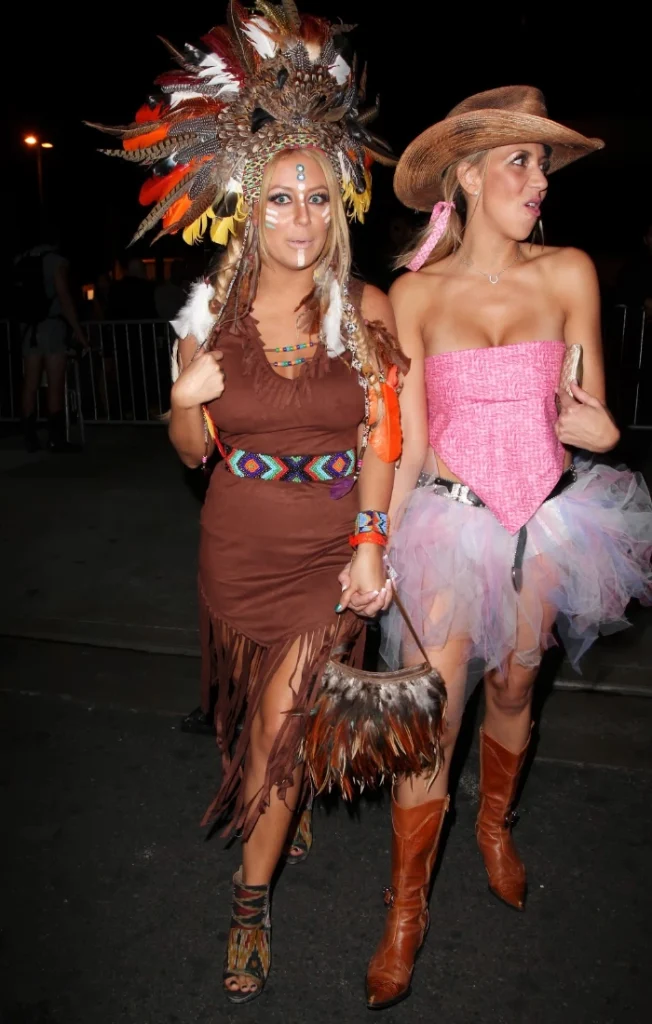
It’s easy to get swept up in the fun of Halloween, but here’s the deal—Indigenous peoples aren’t costumes in any country. Whether it’s a “Pocahontas” look at an American party or an “Indian chief” get-up at a Canadian Halloween event, these costumes reduce vibrant cultures to something that’s worn for a night and tossed aside.
The damage? It’s real, and it’s lasting. Intentions might not be bad, but the impact hits like a gut punch for those whose traditions and histories are being trivialized.
Why do people decorate their houses for Halloween?
People don’t just throw up decorations for the fun of it—there’s history behind all those cobwebs and jack-o’-lanterns. It started as a way to ward off spirits during Samhain, using lanterns and creepy faces to scare away whatever might be lurking. Over time, though, it’s evolved into a mix of tradition and creativity, turning homes into haunted displays that capture the thrill of Halloween.
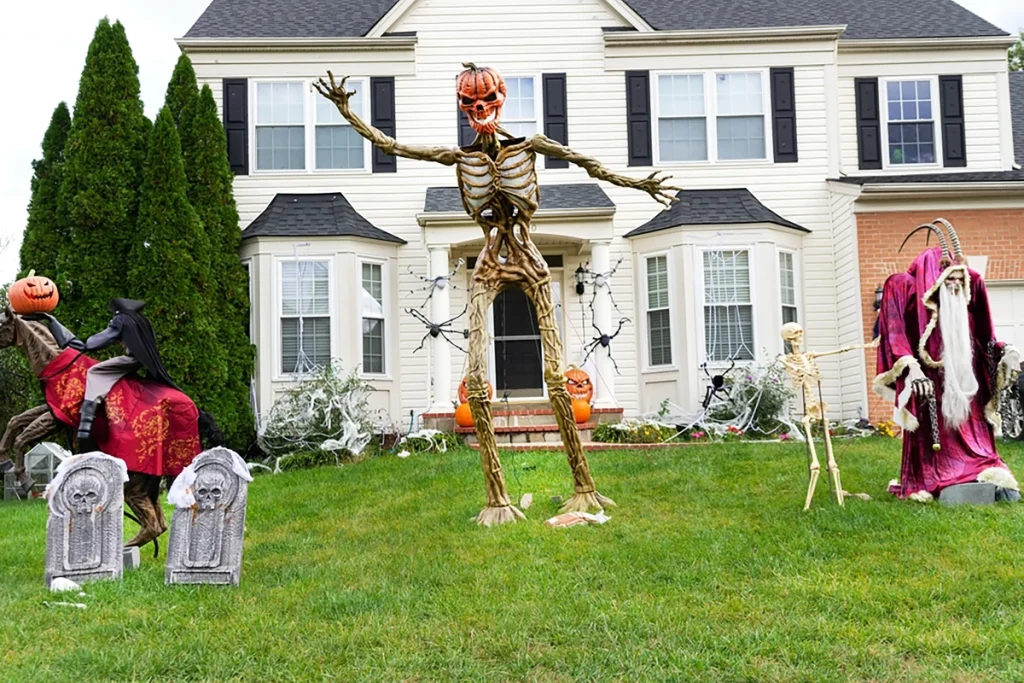
Now, it’s about more than just ghosts—it’s a way to celebrate the eerie excitement of the season. Decorating taps into that age-old need to bring a little mystery and fun to the neighborhood, with everyone showing off their version of spooky.
Why is Halloween different in Maycomb?
Halloween in Maycomb isn’t your typical spooky spectacle. It’s quieter, more controlled—shaped by the town’s past. After too many pranks and a bit of trouble, the adults decided to rein in the chaos, turning Halloween into a community event. Forget wild costumes or endless trick-or-treating; Maycomb’s Halloween is all about keeping things simple and safe.
It’s a reflection of the town itself—sticking to tradition while keeping an eye on the changes happening around it. Halloween here isn’t about flashy fun; it’s about protecting the peace in a town that values control over chaos.
Is Halloween the same day in Canada?
Yes, Halloween is celebrated on the same day in Canada as in other countries—October 31st. Canadians embrace the spooky spirit with trick-or-treating, costumes, and decorations, just like in the U.S. While the customs are similar, Canadian Halloween often has a few local twists, like braving the colder weather and sometimes even snow for the evening festivities. It’s a fun, community-centered celebration that has its roots in the same historical traditions shared across North America.
How is Halloween celebrated in Canada?
Halloween in Canada comes with its own vibe. Sure, the basics like trick-or-treating and pumpkin carving are there, but there’s a twist to the way Canadians do it. Here’s how we get into the spooky spirit up north:
- Trick-or-treating in the cold: Kids bundle up in coats over their costumes, knocking on doors in the crisp fall air—or even snow, depending on where you are.
- Costume parties everywhere: From schools to workplaces, people go all out, with contests to see who can pull off the most creative (or ridiculous) outfit.
- Pumpkin masterpieces: It’s not just about carving a face. Canadians take pumpkin carving to another level with intricate designs that turn into front-porch art.
- Epic haunted houses: Cities and small towns alike set up haunted houses that really bring the fear factor. It’s a chance to dive into the scary fun and test your nerves.
- Over-the-top decorations: Canadians love decking out their homes with spooky displays—think skeletons, eerie lights, and creepy sounds. It’s a full production.
- Bonfires in small towns: Some places still keep the tradition of lighting up the night with bonfires, giving a nod to Halloween’s older roots while bringing the community together.
- Halloween parades: In some towns, everyone gets involved in parades to show off their best costumes. It’s more than just a night—it’s a whole event.
How did trick-or-treating start in Canada?
Trick-or-treating in Canada traces its roots back to European traditions brought over by immigrants. It has ties to the ancient Celtic festival of Samhain, where people would dress in costumes to ward off spirits and sometimes go door-to-door for food offerings. As these customs evolved, they mixed with “souling,” an old medieval practice where poor people would visit homes offering prayers for the dead in exchange for food or treats.
By the early 20th century, Canadian kids adopted a similar tradition, but it wasn’t until after World War II that trick-or-treating became a full-blown Halloween staple. Post-war prosperity, combined with the influence of Halloween culture in the U.S., helped it grow into the candy-filled tradition we know today.
Now, it’s a key part of Canadian Halloween celebrations, with kids (and sometimes even adults) heading out in costume to score sweets from their neighbors.
Conclusion
When you strip it down, Halloween is this fascinating mix of old-school customs and today’s wild fun, with a side of controversy. Yet, even in all the excitement, it’s worth stepping back to think about the choices we make—especially when costumes cross into cultural territory. In the end, it’s a night to embrace the eerie, but with a little respect, it becomes a celebration everyone can enjoy.

